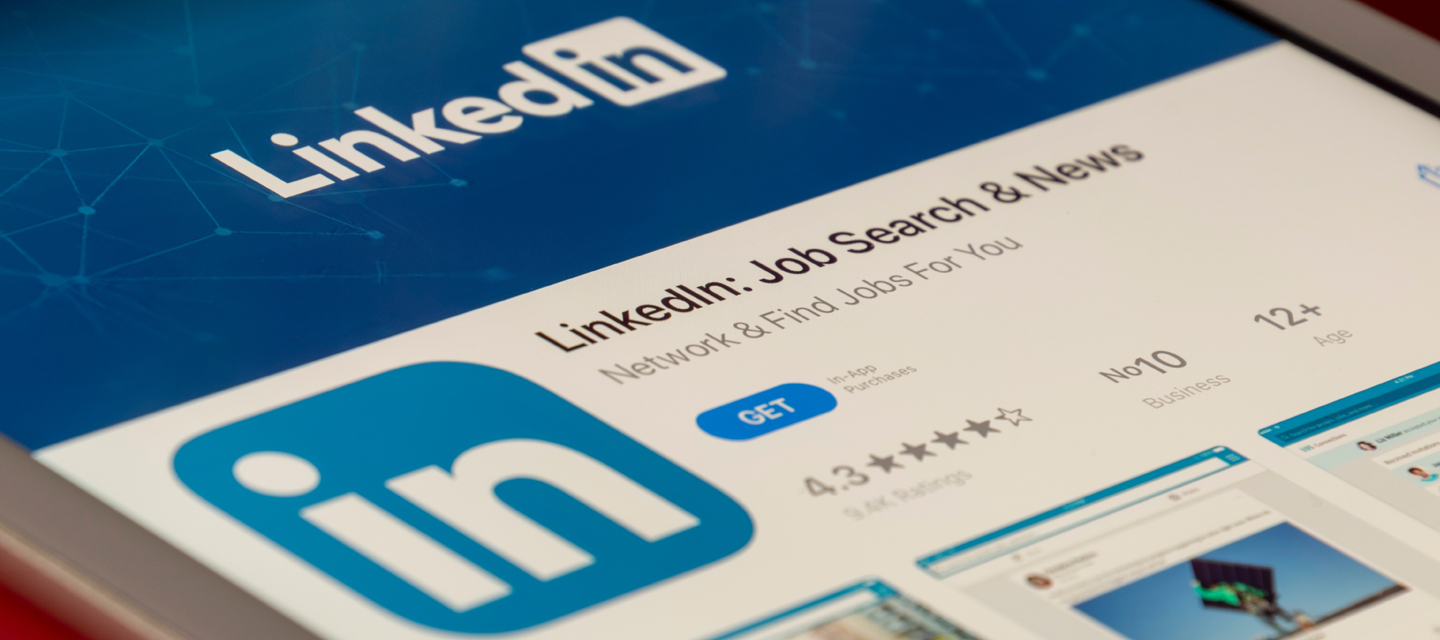6 ways to use psychographics in your marketing strategy
Understanding WHY your customers behave the way they do

Psychographics …evil Cambridge Analytica tool? Or an effective way of gathering customer data coming from a place of genuine understanding?
Despite the “bad name” that psychographics has recently acquired, psychographic data will gain you that crucial 360-degree view of your customers in order to elevate their experiences of your product or service.
This article will take you through what psychographics are, how to get them, and, most importantly, ways you can use psychographics in your marketing strategy.
Here’s what we’ll cover:
- Psychographic profiling
- Psychographic segmentation for campaigns
- Personalized messages
- Product tags
- Social media
- Retargeting campaigns
Armed with these psychographic insights and tools, you can show your customers that their data is being used to streamline their digital experience whilst personalizing their entire journeys.
This means that psychographics are not a force for evil but, instead, one used to enhance the customer experience.
What are psychographics?
Psychographics are what’s missing from your data puzzle in order to understand the complete customer profile…
Whereas demographic, transactional, and behavioral data look at the “who, what, where, and how” of your target audience, psychographics look at the why.
Things like: why do your customers buy this product over another? Why does this message appeal to men more? Why is this line more favourable to millennials? Why does this service or platform have more impact in this country?
Psychographics is the data collected about your customers’ personalities, values, interests, opinions, habits, and motivations, to supplement your other data puzzle pieces.
So how are you supposed to get all this information?
How do you gather psychographics?
Here are a few ways to collect and analyze psychographic data:
- Focus Groups
- Interviews
- Surveys
- Behavioural Data
- Google Analytics
- Social Media
- Text Analytics
In a way, psychographics allows you to bridge the gap between all these individual datasets. This “un-siloed” approach is essential for your mar-tech strategy.
Why is this the case?
I don’t have to tell you that every marketing department wants to turn insights into action. This defines customer intelligence. And I’m sure you’ve heard it all before – customer intelligence will allow you to get ahead of the curve, beat your competition, and stay one step ahead of the market.
Here’s how you can use your psychographic data to do just that:
6 ways to use psychographics for marketing
1. Psychographic Profiling
One of the most effective ways to enrich your customer profiles is by using psychographics.
Not only will this create a more holistic picture of the customer journey to review every single interaction, but this will also optimize your campaign strategies with value-driven messaging (more on this later).
Update your existing customer personas
Track behavioural data and couple the insights with the answers gathered from your focus groups, interviews, or surveys to include preferences, habits, or interests.
So, where previously you understood that your customer – let’s call her Susan – bought a handbag from you, now you understand why she bought that handbag.
Additionally, before you knew that Susan was an Austrian shopper using a MacBook who had visited your site twice. Now you can profile Susan as a mother of two who likes real leather, snake print, unique products, and values quality and price over functionality.

This above example is from Atelier, which allows Susan to design her own bag, including material, colour, and shape. So Susan gets the unique, luxury product, but Atelier is also able to profile her according to the preferences she clicks on.
It’s a win-win.
ASICS too employs a similar technique: they put the product in the hands of the customer by letting them choose options from comfort, running goals etc. with their “shoe finder” option:

In this way, the customer can get to the product that suits them best, whilst ASICS collects enough psychographic data to offer their customers more relevant recommendations, content, and products in the future.
These insights will inform campaigns, which brings us to our next step…
2. Psychographic segmentation for campaigns
Secondly, segmenting your customers according to their values and interests will allow for more mature omnichannel campaigns. Done correctly, customer segmentation will also provide anyone at your company with an immediate understanding of your customers. It’s the vehicle for determining the correct positioning for the right distribution and matching it to each customer.
Optimize your email campaigns with tailored copy
Here’s what we mean:
If you have a segment that responds to the psychological principle of “Scarcity” i.e., the messages “limited offer” or “only 2 seats left!”, then you know to group these people together and highlight this copy when you send them email campaigns.

On the other hand, if another segment responds to social proof messaging more – things like, “popular”, “bestseller”, or reviews – then you know to highlight this in your email campaigns.
These psychological profiles can be used to identify the psychographics behind your customers’ behaviour and help them make informed decisions.
These email campaigns from Dimensions Festival, for example, highlights the scarcity of tickets, because it’s the last time the festival will ever take place.

Ideally, you want to attract the kinds of customers who are as invested in your campaign as you, and only foster a sense of urgency for events, occasions, or services that demand it (like Black Friday).
3. Personalized messages
This ties in nicely to personalization. It’s the trend, buzzword, and best practice that everyone is jumping on, and I’m sure you want to know how…
Personalizing the entire customer journey

Amazon personalizes the entire customer journey.
In fact, they define their founding principle as being “customer-obsessed”, and this strategy has shaped their global success since the 90s.
Thus, you should have hyper-targeted messages for each visitor across all touchpoints.

For example, this small personalized message at the start of my shopping journey helped streamline my entire experience of the whole web-store.
It delivered the right message at the right time.
Of course, this is tracking demographics (geographical location), but you could personalize your web stores throughout the journey, like delivering product recommendations before checkout:

These personalized messages are nudges that drive purchase behaviour by streamlining and optimizing the journey all the way from the landing page to checkout. Nudges will boost your conversion rates, and keep your customers loyal when they feel like you understand them.
4. Product tags
Let’s go back to our good friend Susan.

She’s still designing her bag – after all, it has to be perfect, right?
Atelier goes one step further by suggesting to Susan all the available product tags (“interior card slots,” “hardware,” etc.) that she can either add to her design or change.
Highlighting product attributes
You can basically personalize your product tags based on who is visiting. Another example I like to use is the “sustainable” product, mainly because sustainability is so sexy these days.
Highlighting the “sustainable” attributes of your eco products will make these products more appealing to your green-minded shoppers.

Take this milk-alternative ecommerce platform, Fronks.
Knowing they appeal mostly to vegans, environmentalists, or trend trackers, the product description highlights the ingredients by placing emphasis on what’s “eco” inside. Water is elevated to “spring water”, and hazelnuts and cashews are “organic”.
By adding these simple words you can boost the relatability of your products, based on the psychographic segment of your customers whose values resonate with the environment.
Your product tags can either be overlayed on the product image, or they can be dynamic or static. In any instance, they should be honest tags that provide more information about what you’re selling.
5. Social media
Social media platforms are the best way to take one step closer to your customers because everybody is using it from millennials to their parents (cringe).
But I don’t have to tell you that.
On Twitter, you can find psychographic data by simply going on Twitter Ads – Analytics – Audience Insights. In fact, all social media platforms out there will offer a similar service, so that you can track both organic and tailored audiences.
From audience insights on Facebook, you can either select “Everyone on Facebook” or “People connected to your page” to get a holistic picture of who your visitors are and why they click on you in the first place.
Of course, Facebook is a great platform for campaigns, too.
In this sponsored campaign below, Pure Exploration has effectively understood that I like to hike, travel, and explore.

Now I am seriously considering a trip to Patagonia. So hats off to Pure Exploration – they have gained exposure, outlined their offer, all with an accompanying video that appeals to my visual preferences.
On that note, who wants to come to Patagonia with me? Anybody?
6. Retargeting campaigns
Finally, and to bring everything together, retarget your former clients or customers with your new and enriched profiles, segments, and campaigns.
Identify your most valuable segments
Psychographics will also help you target your most valuable segments, not in relation to sales, but in relation to loyalty. Those high-value segments are the customers who come to you first for products, advice, or discounts.

For example, having only bought from Yogashop once, this email campaign has persuaded me to come back to them to seek both advice and discounts.
The email copy subject line reads: “Are you going to win this mantra yoga and meditation set?”, whilst the copy within says “What is Hatha yoga?”. The promise of discounts and information are what make a great retargeting campaign, eventually increasing conversion rates.
Conclusion
Like our social media management London team like to say, it’s all about increased conversion rates. Just kidding. Nobody talks like that any more.
What it’s all about is who your customers are and why they shop with you.
These are the future marketing strategies that will allow you to get ahead of the curve:
- Personalization
- Value-based copy
- Dynamic product tags
- Nuanced psychological profiles
And these are all based on psychographics. There is no better way to enrich your marketing strategy than this.
Good luck!
More insights from the team

